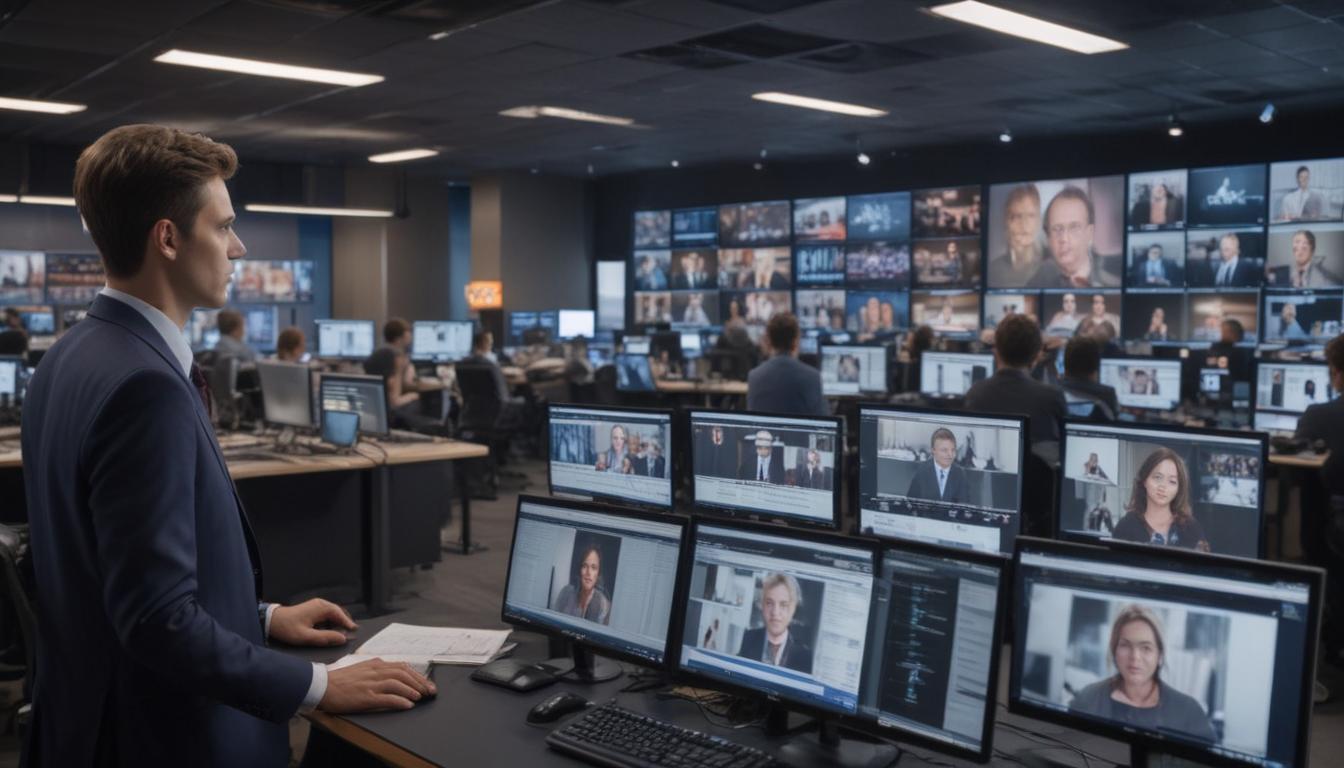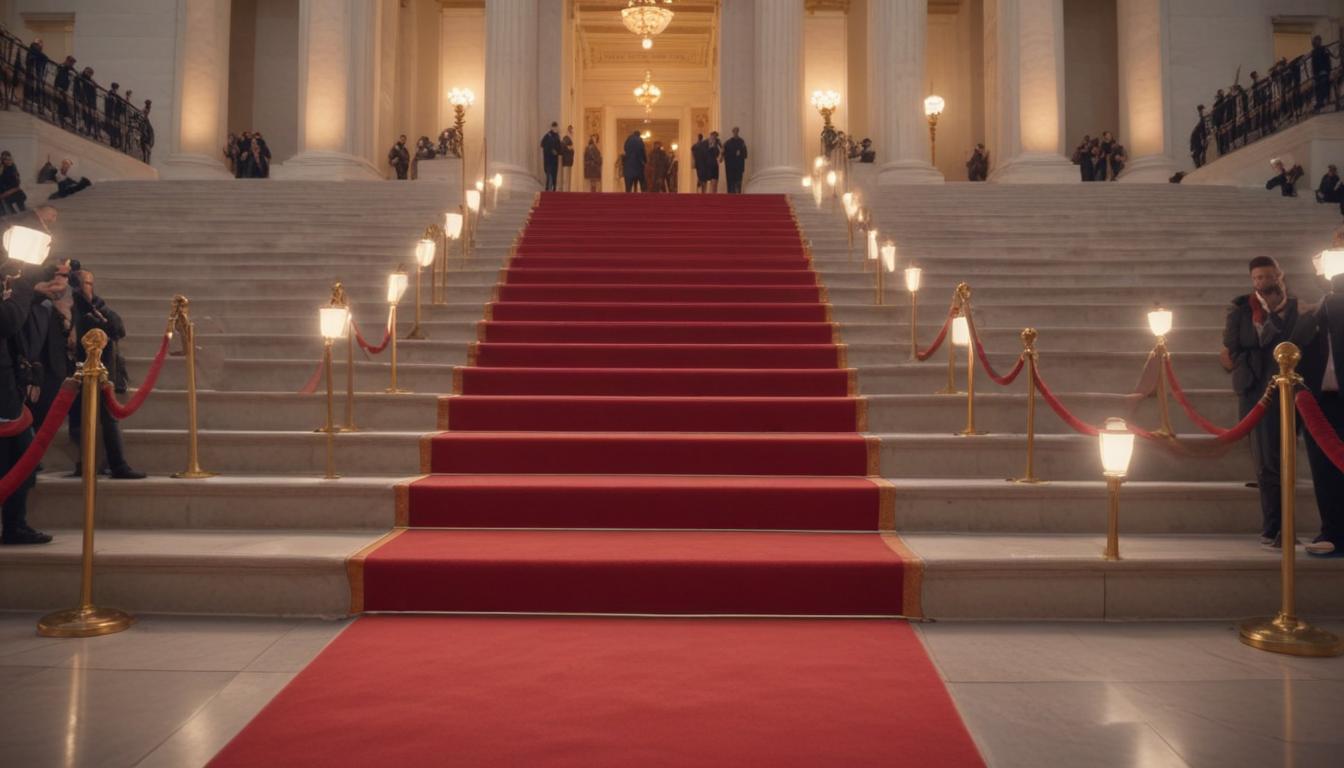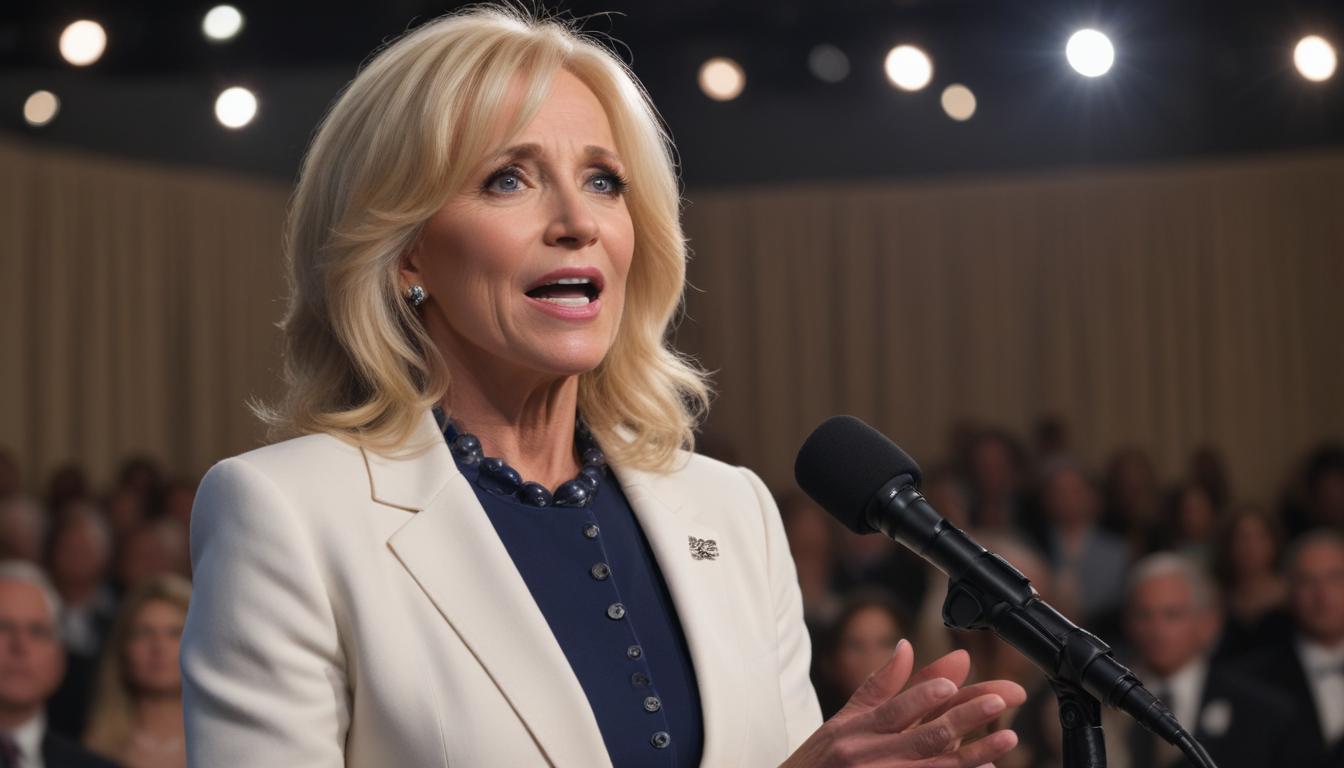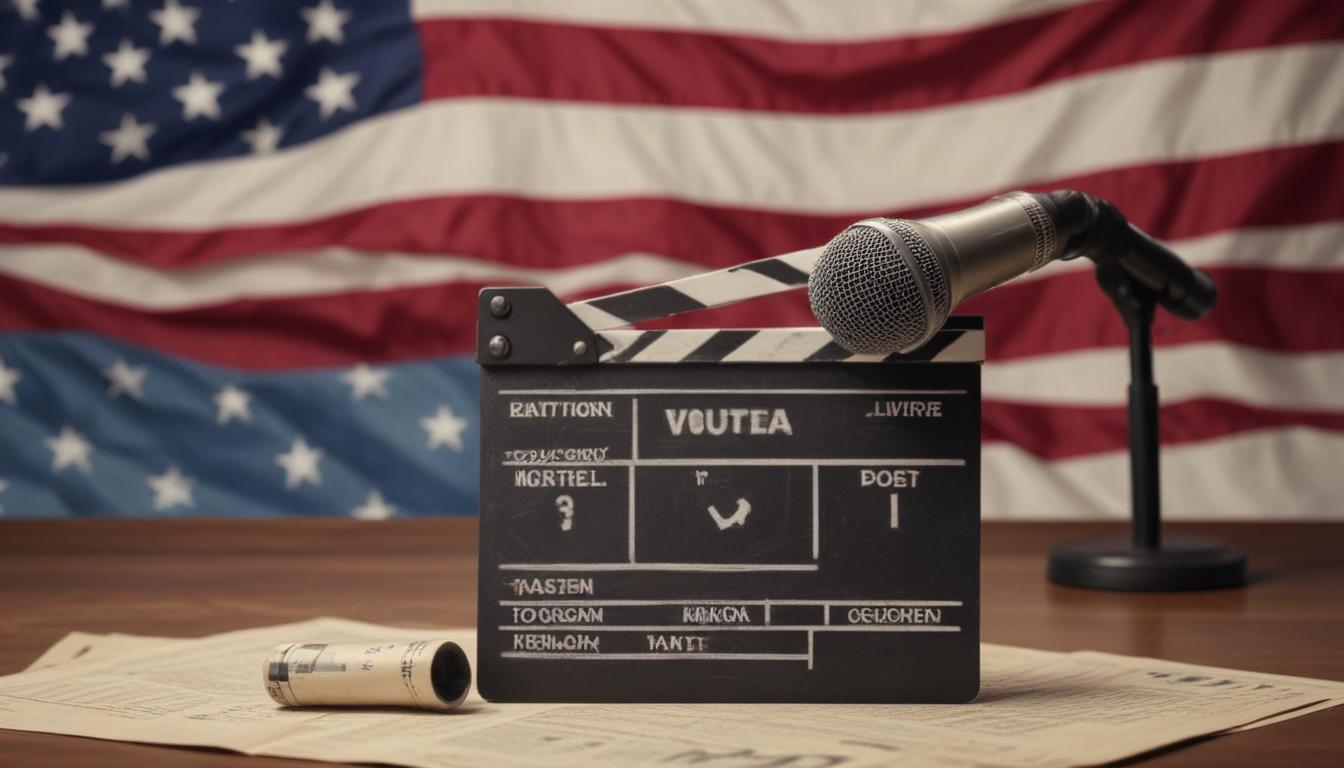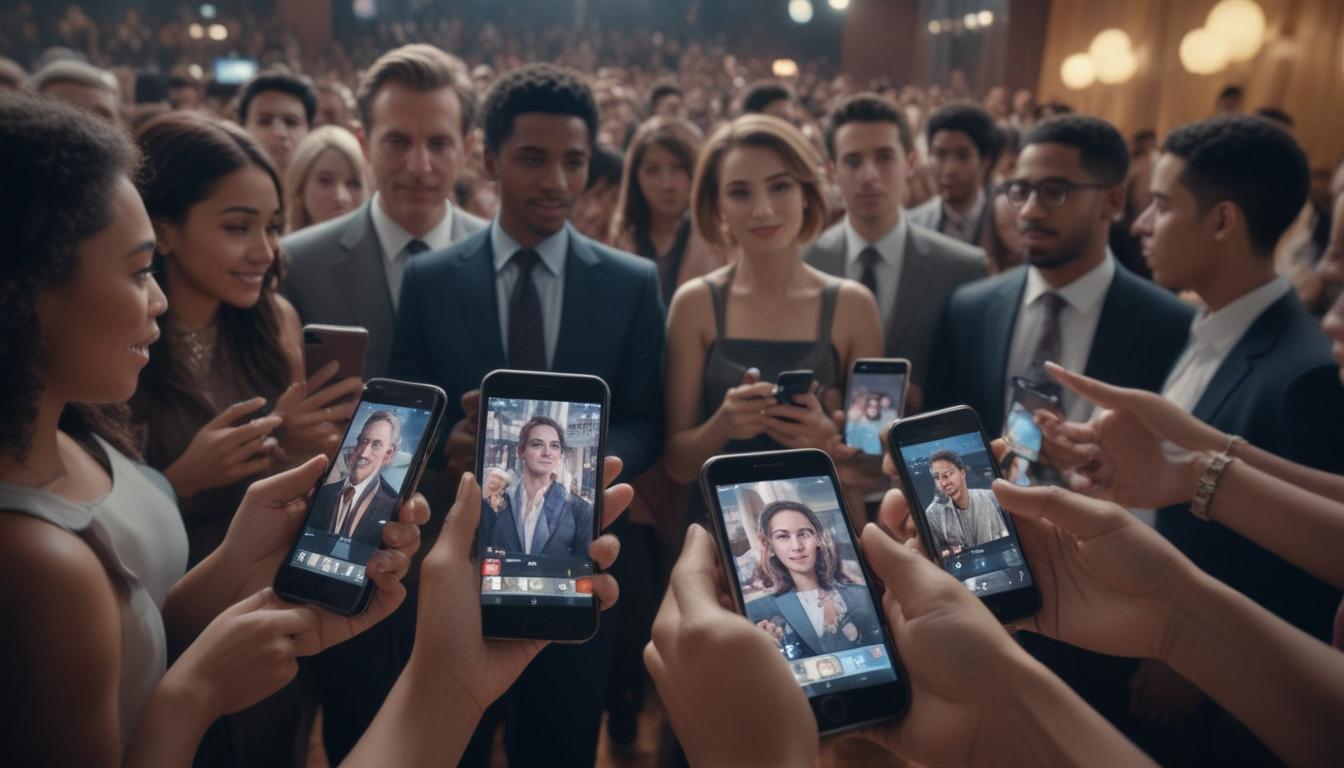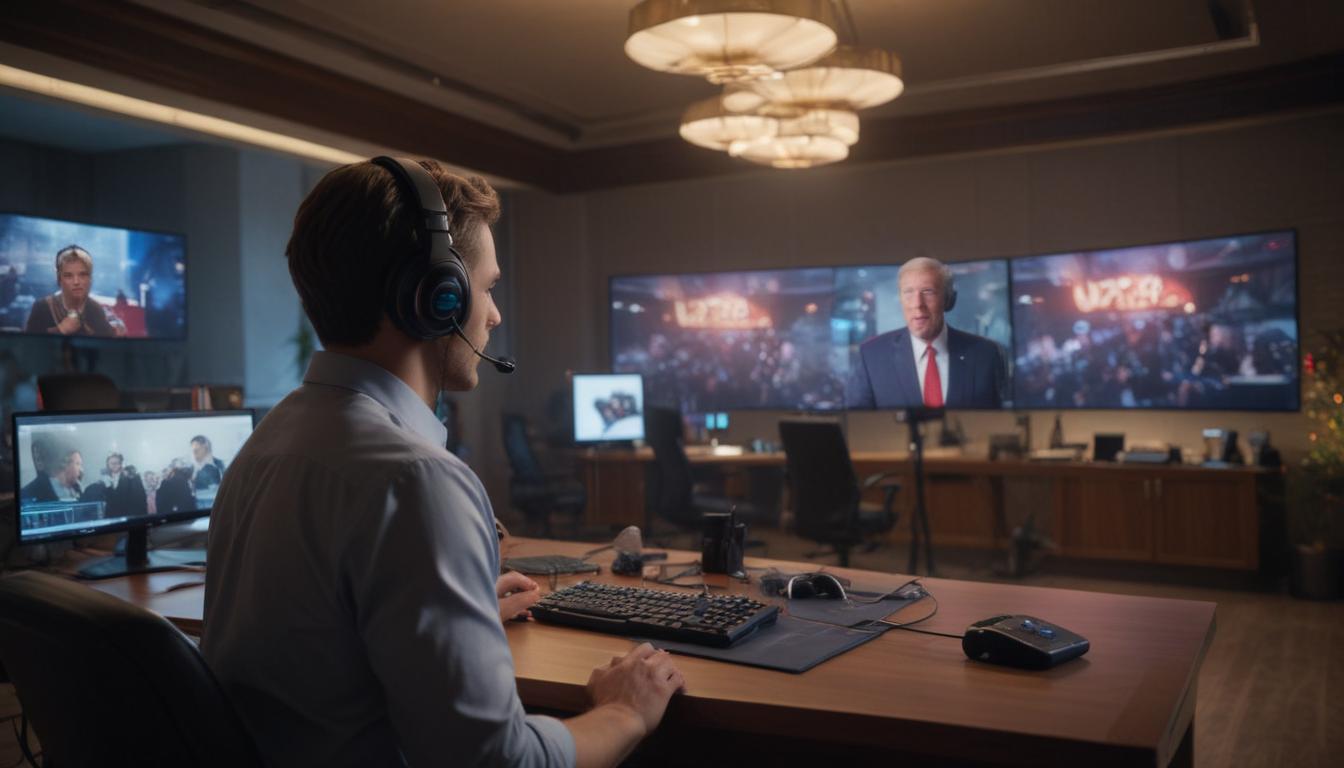Media’s Influence on Political Discourse in the United States
The Role of Mainstream Media

Mainstream media has long been a dominant force in shaping public opinion and creating the framework for political discourse. From television channels and newspapers to online news sites, these platforms play a crucial role as gatekeepers of information. By deciding which stories to cover and highlight, they help determine the issues perceived as most critical by the general public.
Over the decades, this power has made mainstream media a key player in influencing election results, initiating public debates, and shaping legislative priorities. However, this influence isn’t always celebrated. Concerns about media bias, corporate agendas, and sensationalism continue to raise questions over the integrity of mainstream outlets. Critics argue that some networks prioritize entertainment value or intentionally foster polarization to increase ratings rather than provide balanced, quality reporting.
Yet, there is no denying that trusted news organizations remain a vital source for reliable, fact-based journalism. Their commitment to investigative reporting and their ability to delve deeply into complex political matters are essential for keeping the public informed. While the pressure to commodify news content presents new challenges, maintaining trust in these institutions is vital for informed political decision-making.
The Rise of Social Media and Online Platforms
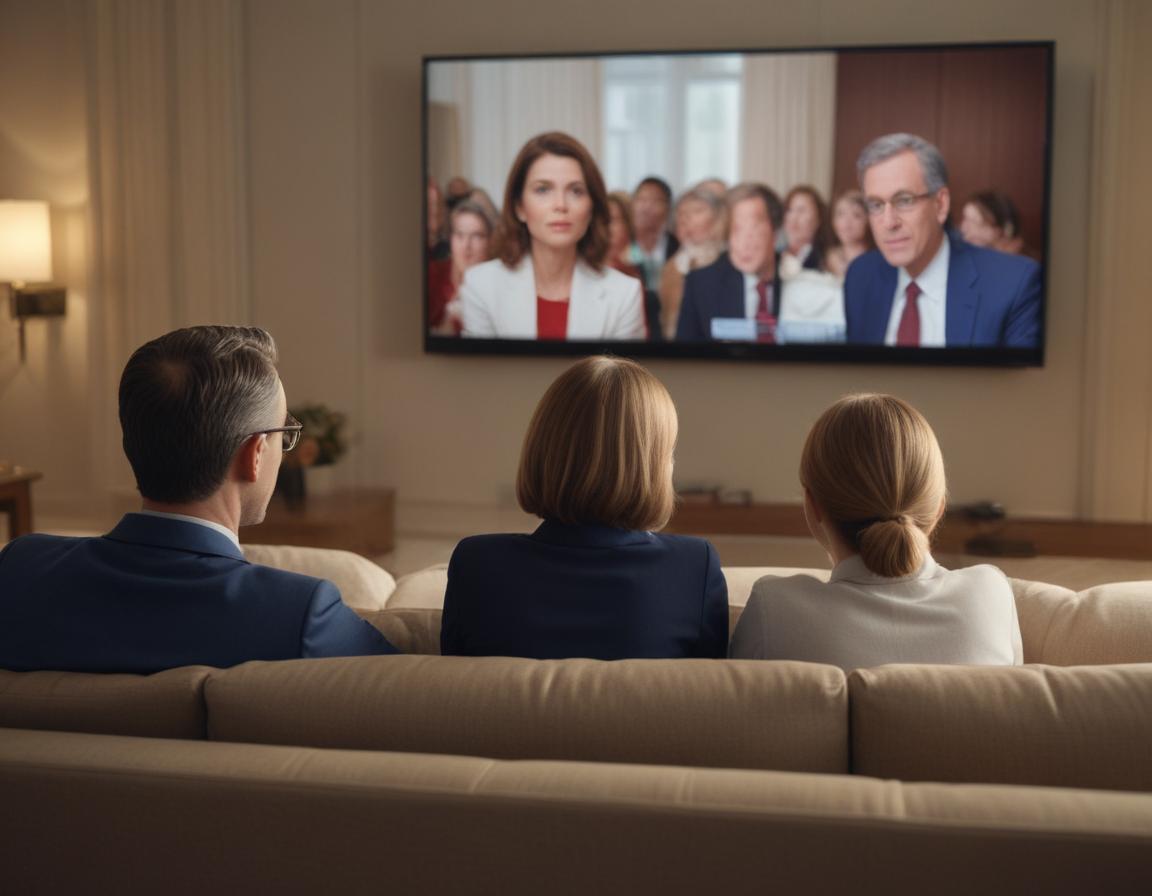
Social media has completely transformed how politics is discussed and shared. Platforms like Twitter, Facebook, and Instagram have simplified political conversations into bite-sized, easily shareable content. Their real-time nature enables users to spark nationwide discussions with just a single post, giving everyday individuals unprecedented power to influence public dialogue.
However, this democratization also comes with challenges. Algorithms on these platforms often prioritize sensational or polarizing content, creating echo chambers where users are rarely exposed to perspectives outside their established beliefs. Additionally, the rapid spread of unverified claims and misinformation can distort public opinions and erode trust in institutions.
On the positive side, social media has amplified marginalized voices and provided grassroots movements with platforms to advocate for change. Campaigns like #MeToo and #BlackLivesMatter flourished due to the connectivity and reach allowed by these tools. Yet, navigating the balance between amplification of diverse viewpoints and mitigation of harmful narratives remains a crucial task for both platform users and creators.
Balancing Information and Misinformation

In today’s information era, we have immediate access to endless streams of content, yet the difficulty of verifying authenticity has reached an all-time high. With misinformation frequently circulating on social media, mainstream outlets, and blogs, public confusion can lead to misinformed decision-making that hampers productive political discussions.
Thankfully, various technological tools are helping combat this challenge.
- Fact-checking applications
,
- browser extensions
, and
- AI-based tools
now assist users in determining content legitimacy. Educational initiatives promoting media literacy also play a significant role in improving public awareness and critical evaluation of information. Moreover, innovations like AI-powered summarization tools are helping reduce content overwhelm by condensing lengthy discussions into comprehensible insights.
Ultimately, while these advancements contribute to a smarter digital experience, the responsibility of critically assessing news lies with the individual. By building media literacy and staying vigilant against biased narratives, we can collectively navigate the digital landscape with greater care.
Using Media to Foster Constructive Political Discourse
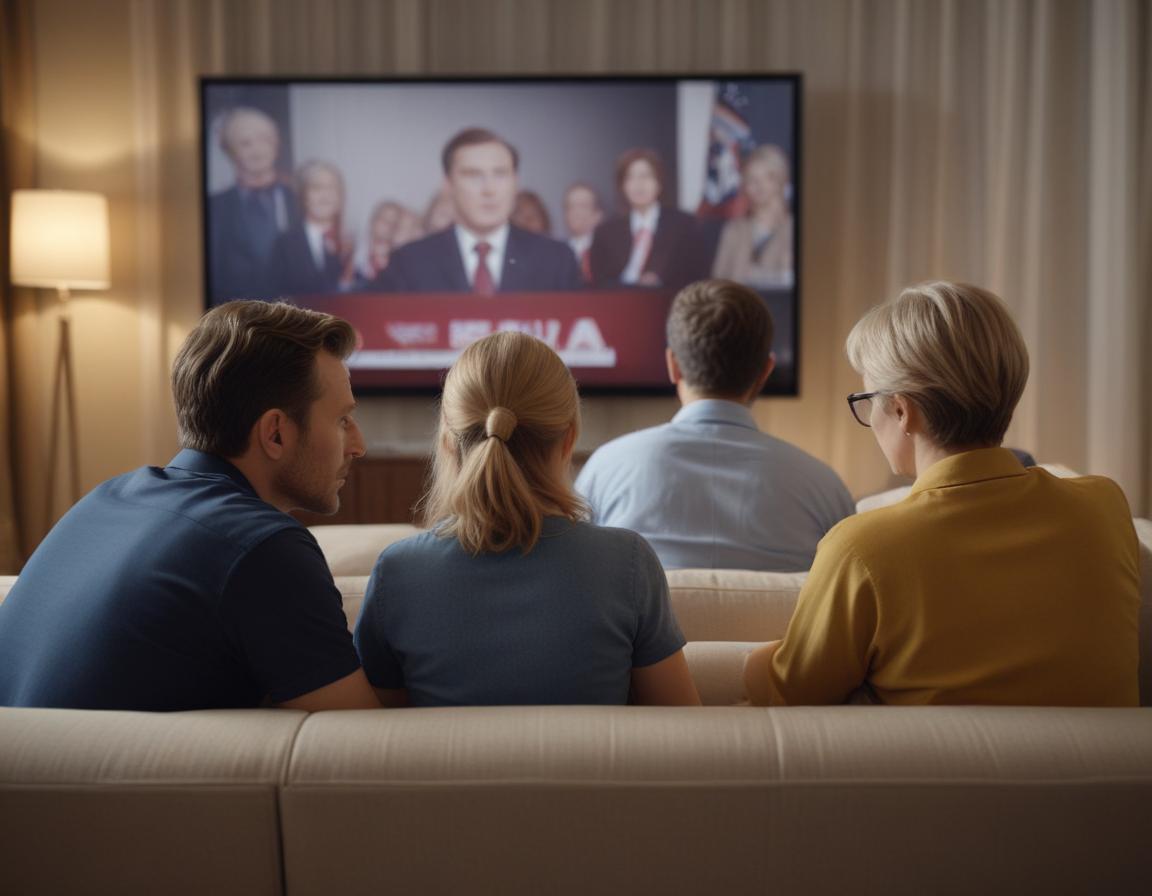
Despite the hurdles introduced by today’s media, there are opportunities for fostering constructive discussions and engaging people in meaningful political conversations. Digital platforms provide spaces for diverse voices through online forums, live panel discussions, and Q&A platforms like Reddit. These channels facilitate discussions that help participants connect beyond their own ideological bubbles.
Schools and institutions are also leveraging media as a teaching tool. Political webinars, educational podcasts, and interactive sessions empower younger audiences to analyze societal issues critically and provide well-informed perspectives in debates. Crowdsourcing ideas through collaborative platforms further enriches political discourse by including underrepresented perspectives.
By responsibly using the tools provided by the media landscape, we can transition from divisive rhetoric to dialogues that foster understanding and cooperation. These innovative uses of media remind us that, despite challenges, it remains a powerful medium for bridging divides.
Conclusion: Moving Forward Together
Navigating today’s complex media environment demands a mix of critical thinking, reliance on credible sources, and careful use of tools designed to verify information. While mainstream media continues to play a vital role, social media and emerging technologies have transformed how we engage in political conversations. Balancing information access with the risks of misinformation is an ongoing challenge society must address.
By fostering media literacy, combating biased narratives, and advocating responsible platform usage, we can elevate the role of media from a divisive force to a unifying one. Let’s continue engaging with these conversations thoughtfully and rigorously, ensuring that the public remains informed and empowered to make sound decisions in an ever-changing world.
“`

